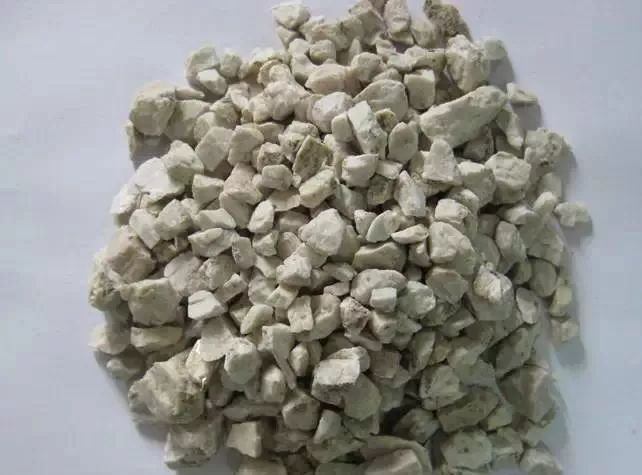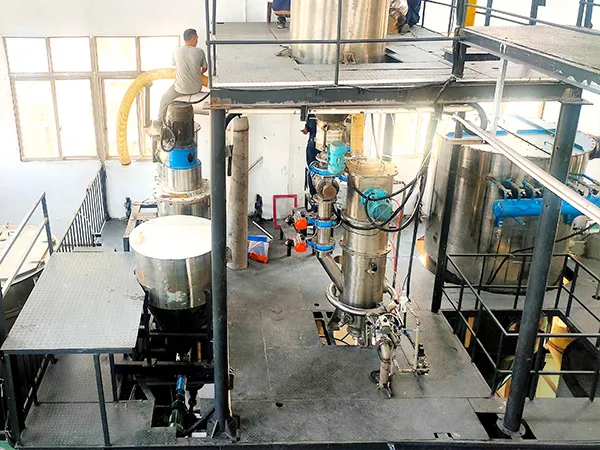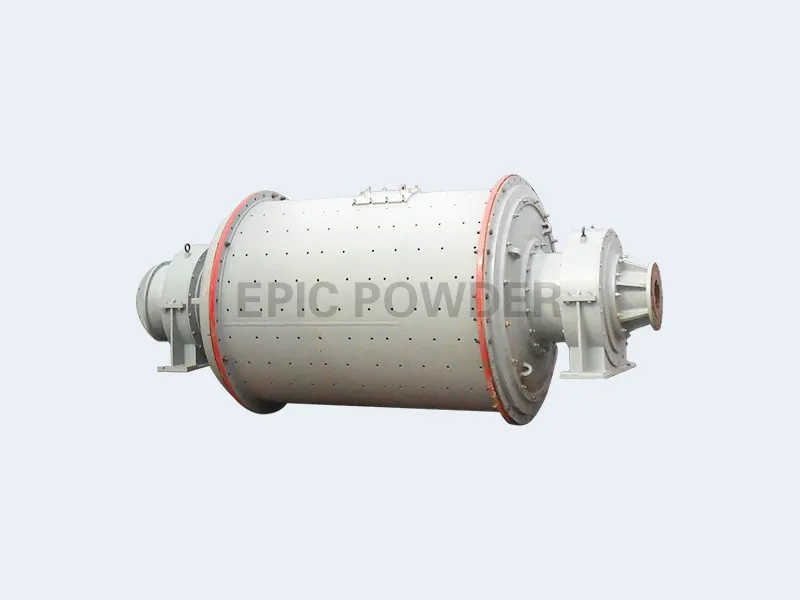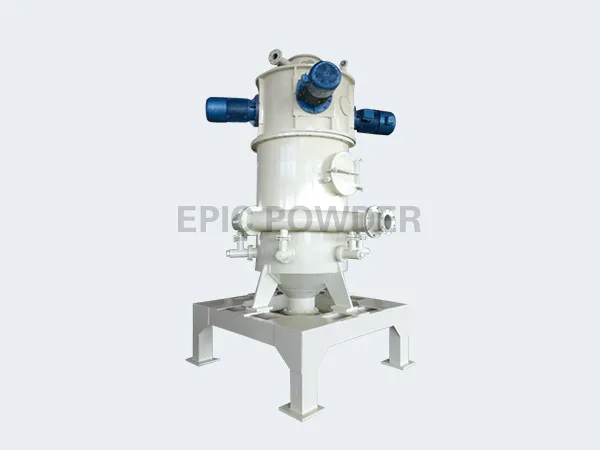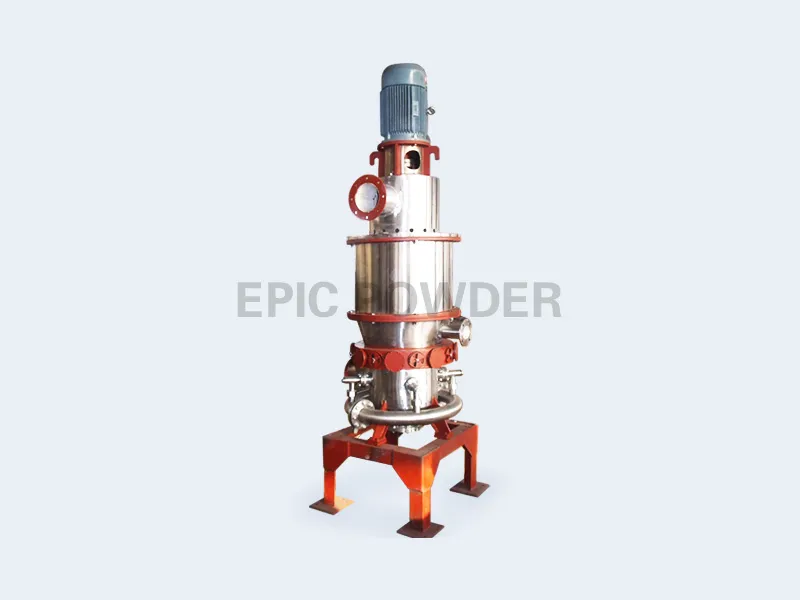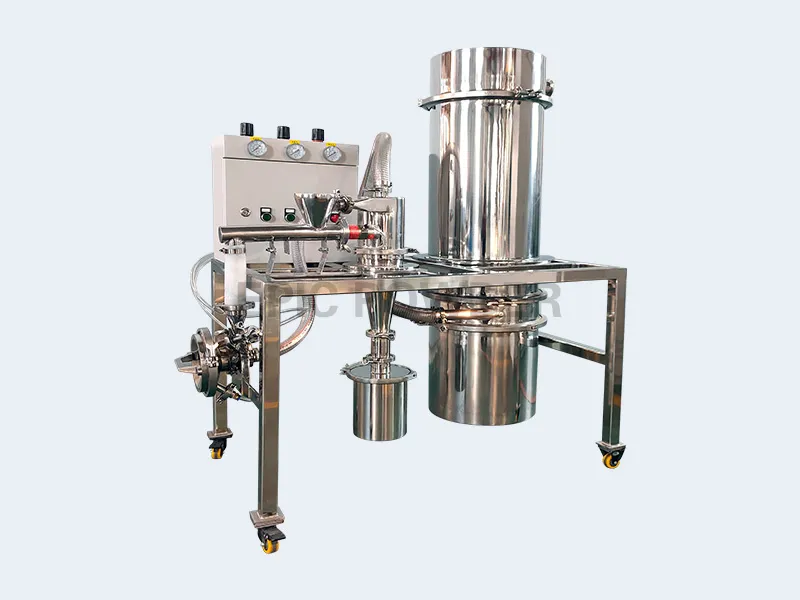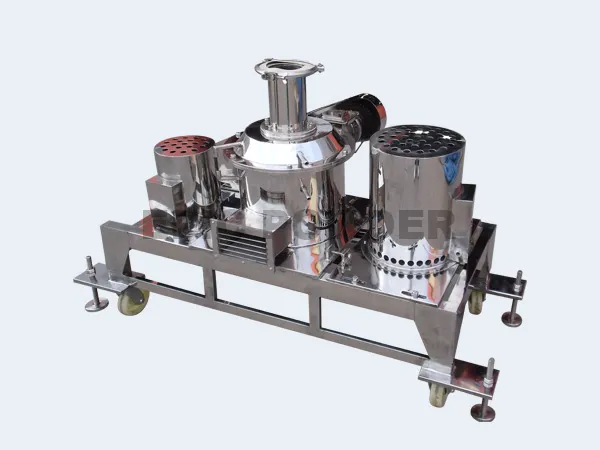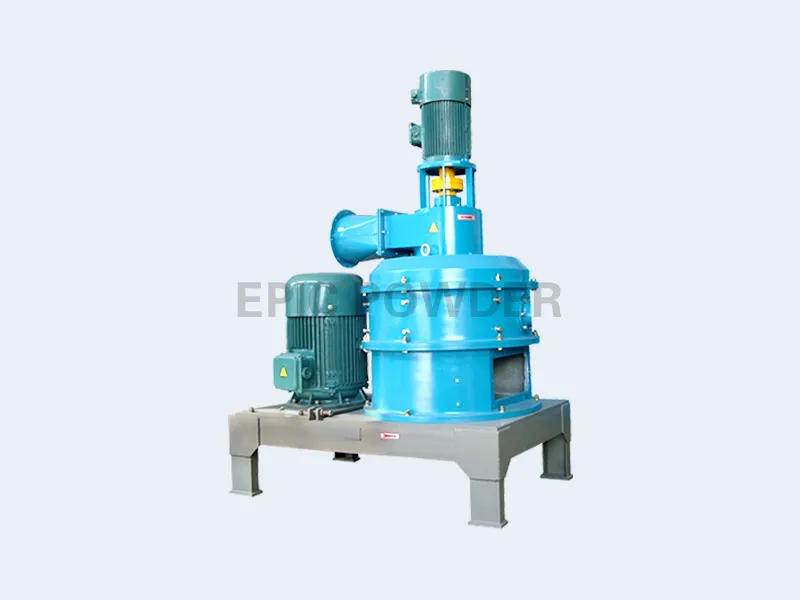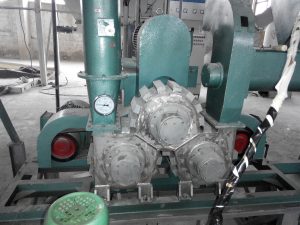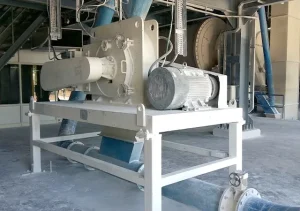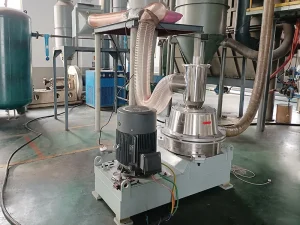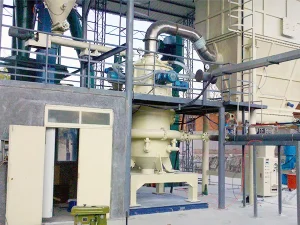Kaolin is a non-metallic mineral, which is a clay and clay rock mainly composed of kaolinite group clay minerals. It is named after Gaoling Village in Jingdezhen, Jiangxi Province. Pure kaolin is white, delicate, and soft in texture, with good physical and chemical properties such as plasticity and fire resistance. Its mineral composition is mainly composed of minerals such as kaolinite, halloysite, hydromica, illite, montmorillonite, as well as quartz and feldspar. Kaolin is widely used in papermaking, ceramics, and refractory materials, followed by coatings, rubber fillers, enamel glazes, and white cement raw materials. A small amount is used in plastic, paint, pigments, grinding wheels, pencils, daily cosmetics, soap, pesticides, pharmaceuticals, textiles, petroleum, chemical, building materials, national defense, and other industrial sectors.
Basic Overview of Kaolin
Physical and chemical properties of kaolin
Physical and chemical properties: It is mostly matte, with a pure and delicate appearance. If it contains impurities, it can have colors such as gray, yellow, and brown. The appearance can appear as loose soil blocks or dense rock blocks depending on the origin. Density 2.54-2.60 g/cm3. The melting point is about 1785 ℃. It has plasticity, and wet soil can be molded into various shapes without breaking, and can remain unchanged for a long time.
Genetic types of kaolin deposits
Based on the genesis of kaolin deposits and the differences in mineralization geology, geographical conditions, deposit scale, ore body morphology and occurrence characteristics, and ore material composition reflected by different mineralization processes, the “Geological Exploration Specification for Kaolin Deposits” divides China’s kaolin deposits into three types and six subtypes.
- Weathering type: also divided into weathering residual subtype and weathering leaching subtype;
- Hydrothermal alteration type: further divided into hydrothermal alteration subtypes and modern hydrothermal alteration subtypes;
- Sedimentary type: It can also be divided into sedimentary and sedimentary weathering subtypes, as well as kaolinite clay rock subtypes in coal bearing strata.
Industrial types of kaolin ore
According to its texture, plasticity, and mass fraction of sand, it can be divided into three types:
- Hard kaolin: It is hard and has no plasticity, but has plasticity after being crushed and finely ground.
- Soft kaolin: It is soft and has strong plasticity, with a sand mass fraction of<50%;
- Sandy kaolin: It is soft and has weak plasticity, with a sand mass fraction of>50%.
Overview of World Kaolin Resources
The world’s kaolin resources are abundant and widely distributed. Countries such as the United States, the United Kingdom, Brazil, India, Bulgaria, Australia, and Russia have high-quality kaolin resources. At present, the world has identified approximately 20.9 billion tons of kaolin resources.
Main kaolin deposits at home and abroad
(1) Georgia, USA­—— The South Carolina kaolin belt is the largest kaolin deposit and production area in the United States. The deposit in this area is a secondary sedimentary deposit. The characteristic of this kaolin ore is its good homogeneity, as the kaolin is naturally graded according to its size during natural sedimentation.
(2) The kaolin deposits in the Cornwall region of the UK are hydrothermal altered primary deposits with low iron content and excellent whiteness. These special mineralization conditions make the kaolin produced in the UK famous worldwide.
Whiteness brightness
Whiteness is one of the main parameters for the technological performance of kaolin, and high purity kaolin is white. The whiteness of kaolin is divided into natural whiteness and calcined whiteness. For ceramic raw materials, the whiteness after calcination is more important, and the higher the calcined whiteness, the better the quality. The ceramic process stipulates that drying at 105 ℃ is the classification standard for natural whiteness, and calcining at 1300 ℃ is the classification standard for calcined whiteness. The whiteness can be measured using a whiteness meter. A whiteness meter is a device that measures the reflectivity of light at wavelengths of 3800-7000 Å (i.e., 1 angstrom=0.1 nanometer). In a whiteness meter, the reflectance of the test sample is compared with that of the standard sample (such as BaSO4, MgO, etc.), resulting in a whiteness value (such as a whiteness of 90, which is equivalent to 90% of the reflectance of the standard sample).
Brightness is a process property similar to whiteness, equivalent to the whiteness under 4570 Å (angstrom) wavelength light irradiation.
The color of kaolin is mainly related to the metal oxides or organic matter it contains. Generally, it contains Fe2O3 and appears rose red or brown yellow; Containing Fe2+, it appears light blue and light green; Containing MnO2 in a light brown color; If it contains organic matter, it appears in light yellow, gray, blue, black, and other colors. The presence of these impurities reduces the natural whiteness of kaolin, and iron and titanium minerals can also affect the calcined whiteness, causing color spots or melting scars on porcelain.
Particle size distribution
Particle size distribution refers to the proportion (expressed in percentage content) of particles in natural kaolin within a given range of continuous different particle sizes (expressed in mesh size of millimeters or micrometers). The particle size distribution characteristics of kaolin are of great significance for the selectivity and process application of ores. Its particle size has a significant impact on its plasticity, mud viscosity, ion exchange capacity, molding performance, drying performance, and sintering performance. Kaolin ore requires technical processing, and whether it is easy to process to the required fineness has become one of the standards for evaluating ore quality. Each industrial department has specific particle size and fineness requirements for different uses of kaolin. If the United States requires kaolin used as a coating to be less than 2 μ The content of m accounts for 90-95%, and the papermaking filler is less than 2 μ The proportion of m is 78-80%.
Grinding and processing of kaolin
As for the current processing methods of kaolin, there are two methods: mechanical crushing and air flow crushing. Mechanical crushing is generally used to crush to around 300-1000 mesh, but its crushing process is mechanical, resulting in an increase in iron content and other impurities in the crushed fine powder, which is flawed for industries with high purity requirements; Due to the collision and shearing between materials in air flow pulverization, without the participation of crushing media, the purity of the materials is effectively guaranteed, thus meeting the application efficiency of industries with high purity requirements. At the same time, the grinding fineness of the air flow pulverizer can reach 5000 mesh (the fineness range can be adjusted from 1000 mesh to 5000 mesh).

